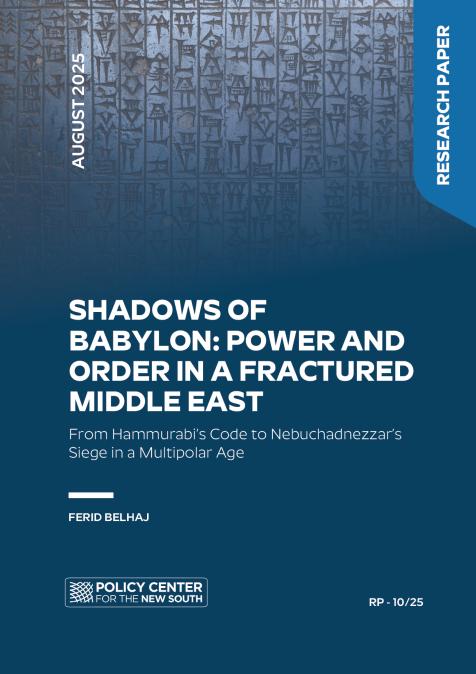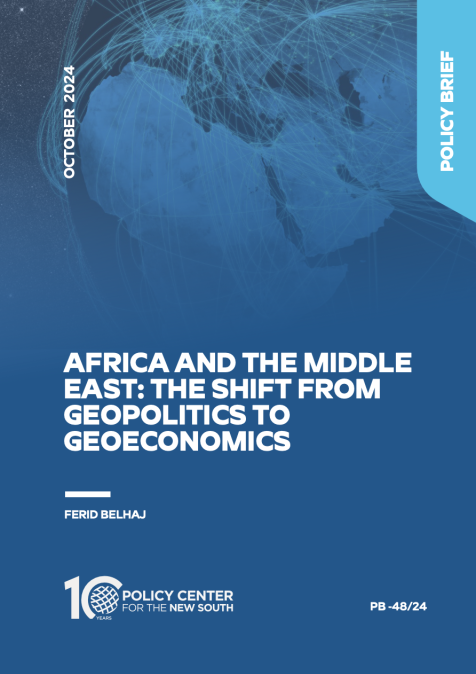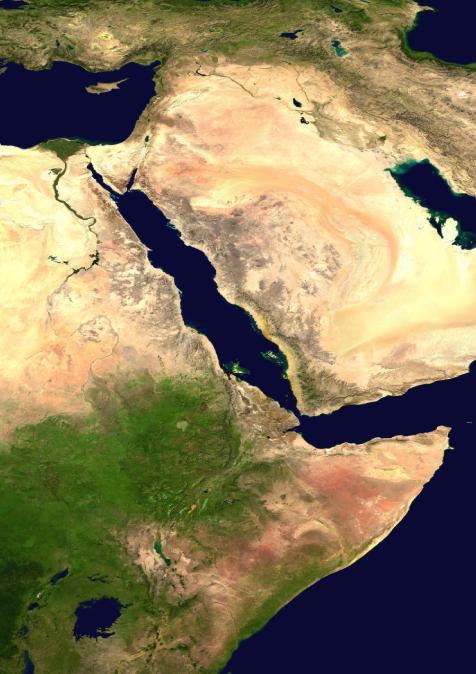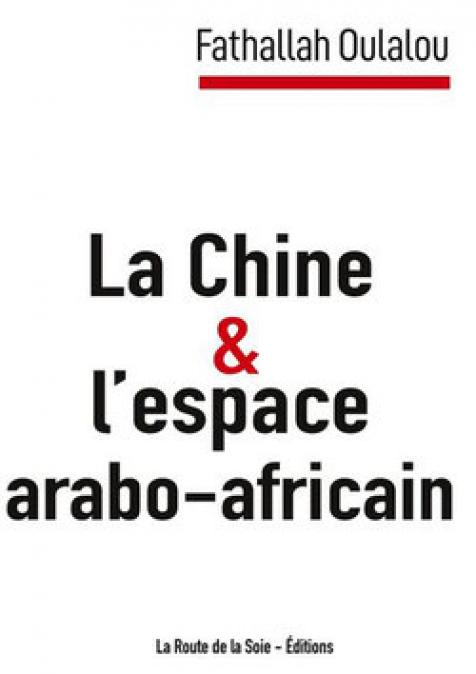Publications /
Opinion
“The Nightmare we feared has arrived”
Death was late because the departure time of the plane was delayed. But death arrived- six minutes after takeoff from Tehran’s “Imam Khomeini International Airport. It was still dark, 6.12 hours’ local time, when flight 752 of “Ukraine International Airlines” took course toward Kyiv, the Ukraine capital three hours and fourty two minutes away. The Boeing 737 800 NG had reached 2400 meters, when the American military’s “Space Based Infrared System” (which relies in various orbits to track launch and flight path of ballistic missiles) detected two missile launches near Tehran, capital of Iran.
The US missile defense system’s sensors are primarily meant to alert long range launches (if North Korea ever dares to direct a ballistic intercontinental missile towards the U.S). But at times, they detect launches of air defense systems, including those to function at low attitudes, as the Russian “SA-15”, also known as “Tor”. Those were the weapons approaching the plane with 176 passengers and crew aboard. The impact was registered about 6.18 am. No distress signal, no mayday, the alert of disaster. The short range, ground to air interceptor, proved its efficiency- a security camera captured dark images in the sky, black horror, surrounded by fog and devilish silence. The vision of predawn darkness, then a series of blinding bursts of light in the distance-Dante’s hell in space.
“A symbolic message of horror”
Burning debris falls through the foreground, a symbolic message of horror, the absurdity of mankind’s power play. Signs of destruction, indicating one more time that a war was gathering its force, driving tension between Tehran and Washington towards an apocalypse, once released turning uncontrollable, threatening the cultural heritage of Iran, the oilfields in Saudi Arabia, the opulent grandeurof Dubai, projecting images of Jerusalem in ruins, more refugees drowning in the Mediterranean Sea, the Strait of Hormuz, through which one fifth of the world’s oil supplies are carried, blocked by Iran’s Revolutionary Guards, confronted by the navies of Washington and London.
No, no, no science fiction. Iran had, hours prior to launching one or two interceptors to confront an assumed American cruise missile directed towards Tehran, (misidentifying the passenger plane), launched an estimated 15 ballistic missiles at two American bases located in Iraq, with which Iran shares 900 miles of borders. The promised answer for the killing of Major General Qassim Suleiman, one of the most powerful leaders of Iran, commanding an elite unit of the Revolutionary Guards, the Qud’s Force. Suleimani was the bête noire of Washington, a seasoned veteran of asymmetric warfare and terrorism, the organizer of Iran backed militias in Gaza, Syria and Iraq, supporting and arming the rebel forces in Yemen, menacing the arrogance of Saudi Arabia, pointing thousands of missile launchers via their Hezbollah proxies from Lebanon towards Israel, keeping missiles pointed towards targets like Dubai or the United Arab Emirates, which were fighting in Yemen against Iran backed militias.
“An unacceptable vicious assault”
On December 27 more than 30 rockets hit an Iraqi military base near Kirkuk. That attack, the 11th of its kind in two months, killed an American contractor and wounded four US soldiers. The American response, two days later, was a series of air strikes on five bases run by the Iran backed militia, Kataib Hizbullah. 25 of its members were killed, more than 50 wounded. For the Iraqi government the US attack was “an unacceptable vicious assault”, complained Adel Abdul Lahdi, Iraq’s outgoing prime minister. These strikes had violated Iraqi sovereignty since Washington did neither inform their allied government nor asked for permission to attack. The relations between Washington and Bagdad, united in their battle against “Islamic State”, had soured- in December, revealed the “Economist”, American officials accused Iran of stashing short range missiles in the country, and “there are suspicions that Iraq may have been the launching point for a drone and missile attack on Saudi oil facilities in September.”
“This is not a warning; this is a threat”
Suddenly, members of Iran backed militias, despised by many locals, directed their anger towards the US embassy in the heavily guarded, so called “Green Zone”, in which the U.S embassy is located. The images of fires, attempts by militants to climb the walls of the American embassy, allegedly not only shocked Donald Trump, who had seen these images on television, but brought memories 40 years back, when Islamic extremists occupied the U.S embassy in Tehran, took 52 US citizens as hostages, some for years, and ruined the presidency of US President Jimmy Carter (who lost his reelection attempt). President Trump declared on Twitter that he was holding Tehran responsible for any intrusion or attacks by Iran backed demonstrators on American citizens: “They will pay a BIG PRICE.T his is not a Warning, it is a Threat. Happy New Year.”
Days after Christmas, the new year approaching, Trump was apparently handed by the CIA and his advisers a list of options how to react to the growing actions by Iran proxies in the region-among them the “targeted killing” of Iranian General Qassem Suleimani, considered the second most powerful leader of Iran, and for many nationalists in the country a kind of national pop star. The US intelligence services had observed that the Iranian was travelling the region, and also expected in Bagdad. An assassination, murder in cold blood? Advisers assured the Commander in Chief in the White House that he could claim the so called “ targeted killing” as an “act of self defense “, arguing that an “imminent attack” was prepared by Suleimani and his elite units. Donald Trump has “shown little evidence over the past three years that his decisions about war and peace are made after careful considerations of the consequences”, observed the New York Times. And it would not be different this time.
The 45th President of the United States is not heeding the advice of the genial Albert Einstein for whom the important thing was “not to stop questioning”. Donald Trump is seen by his critics as impulsive, driven by isolationism, populism, and his favorite news channel, Fox. The “Washington Post” recorded since Trumps moved into the White House about 15 000 deliberated lies or distortions in his public speeches, interviews or Twitter messages. “Fake news” is a Trump invention, copied, as is Twitter, by politicians worldwide. It is not known, who the President consulted prior to ordering the kill, which could still drive the world into a global conflict. In his three years in office Trump appointed four National Security Advisers, two Secretaries of State, two Defense Secretaries and one Acting Defense Secretary. The Republican believes he is a great negotiator and wiser in military strategy than his generals.
Murderous Maneuver
The first week of the New Year began with fear of war. The US President declared in a speech to his nation, “we took action last night to stop a war. We did not take actions to start a war.” Suleimani was dead. His car hit by two missiles (at Baghdad’s International Airport, located 10 miles west of downtown), fired from an American MQ 9 Reaper drone. The images filmed from space or a drone, black and white, reduced the drama to a video game. The images looked to me like unmarked matchboxes, one, two suddenly stopping, white fume escaping. The targets are captured in a crosshair, just like deer or wild boars in the sight of a hunter’s rifle. A voice is heard. Calm as those voices commenting lift off of space ships. No emotions. Another impact. More white clouds. One last movement in the back of the video. Human life turned into ashes, at best. The world of violence at work. Power. Revanche, recorded on tape. History reduced to technology.
The pilot of the drone is possibly observing the target from a secret base in Miami, a cool Budweiser allowed after the murderous maneuver. Donald Trump is vacationing in Palm Springs, his Golf handicap possibly equaling the number of the men, seven, surprised a few minutes after midnight: a deputy commander of the Popular Mobilization Force (PMF), one of 40 mainly shia militias and the protocol officer of the group among them. January 3, 2020, a day the world was facing war. Trump declared that the Iranian was plotting” imminent and sinister attacks”, but the US “caught him in the act and terminated him.”
“The Distinction is an Important One”
It took the President nine days to reveal the alleged targets, four US embassies. Trump ‘s Secretary of State Mike Pompeo, apparently had different information. The general was terminated because of his sins in the past. Another irritating fact: General Suleimani was not a terrorist, but a Commanding General of a sovereign government. The last time the United States killed a major military leader in a foreign country was during World War II, when the US military shot down an airplane carrying the Japanese admiral Isoroku Yamamoto. Karen Greenberg, director of the” Center on National Security “ at Fordham University School of Law, and author of “Rogue Justice: The making of the Security State;” argues: “For starters, general Suleimani wasn’ t a non state actor- a basic premise of the targeted killing policy that was designed for members of terrorist organizations .”
He was a senior figure in a sovereign government’ s military. The distinction argues Mrs Greenberg, is “an important one. The policy of a war designed for non state actors has now slipped into a conflict between nation states.” In other words, assassinations of enemy commanders or politicians is acceptable in Trump’s world. Is it legal, because Trump insists he is above the law? Ask yourself, encouraged “New York Times” columnist Paul Krugman his readers, “how would America react if a foreign power had assassinated Dick Cheney (former US Vice President from 2001 to 2009), claiming that he had blood of hundreds of thousands Iraqis on his hands? Don’t answer that Suleimani was worse. That’s beside the point. The point is that we don’t accept the right of foreign governments to kill our officials. Why imagine that other countries are different?”
“When, where and which form?”
The violent end of the Iranian general at this moment “writes Mark Mazzetti in the “New York Times” “appeared to many military experts as a potentially reckless escalation.” A full scale conflict is not a certainty, insisted Susan E.Rice, National Security Adviser from 2013 and 2017; and former American Ambassador to the UN ,“but the probability is higher than at any point in decades”. The Mullahs in Tehran swore to react to the assassination of their hero turned martyr. The Foreign Secretary Javad Zarif, warned: “The US bears responsibility for all consequences of its rogue adventurism.” War? “The nightmare we feared, stated the “New York Times”, has arrived.” Trump warned the enemy of retaliation and notified the Tehran regime that he had chosen 52 targets, as many as Tehran held American hostages 40 years ago, and those were “at a very high level & and important to Iran &and the Iranian culture, and these targets and Iran itself, WILL BE HIT VERY FAST AND VERY HARD.” This is a massive walk up the escalation ladder “, warned Charles Lister of the “Middle East Institute”, with Suleimani dead, war is coming-that seems certain, the only questions are where, in which form and when.” Trump did not hesitate to name cultural sites in his potential targets, considered by international regulations of warfare a warcrime.
Maximum Pressure
At Fort Bragg, North Carolina, 350O soldiers of the 82nd Airborne Division, one of the largest rapid deployment’s in decades, were to be moved to the Middle East, for the time being deployed in Kuwait. Was the President demonstrating power to correct the growing doubts among enemies and allies about American global engagement? Did Mr Trump react when, probably, Tehran, or militias supported by the Revolutionary guards, attacked oil fields in Saudi Arabia, and tankers were damaged passing the Straits of Hormuz? Months ago he ordered troops to leave Syria and declared the Islamic State as defeated. The US was ready to go home, just as Trump had promised in his 2016 Presidential campaign. And then he did an about face, trusting for once his intelligence services and generals, who had suggested Suleimani as a target, one of several proposed. Is the President trying to push his Impeachement trial off the front pages and TV evening news shows, or proving to his fans that he keeps all promises, building a wall between Mexico and the US, confronting China with a trade war, throwing out 13 million illegal immigrants, suffocating the regime in Cuba, forcing North Korea and his beloved dictator to surrender bombs and missiles, or terminating the regime in Tehran?
The escalation cycle with Iran began in may 2018 when Donald Trump recklessly ignored the advice of his National Security team and the opinion of Germany, France, Russia , China, in unilaterally withdrawing from the nuclear deal with Tehran, the “Joint Comprehensive plan of action”, which included verification measures with which the world powers could monitor whether the Iranians were complying with the agreement not to build a nuclear bomb, as feared by Israel and Saudi Arabia, trusted allies of Washington. Tehran fulfilled its deal, but Trump declared the treaty “terrible” and attempted to force the mullahs with “maximum pressure”, sanctions and ever more sanctions, to return to the negotiation table. Susan E.Rice noted that since its abandonment from the treaty the Trump administration has had “no coherent strategy to constrain Iran’ s program , or to counter other aspects of its nefarious behavior.” Tehran has notified the world that it will continue its program to build a nuclear weapon, and Donald Trump promised as long as he is President the Mullahs will not possess their bomb. Vali Nasr, a Middle East scholar at Johns Hopkins University and former senior adviser to Obama’s State Department, is certain that Trumps maximum pressure policy has “failed” and the President “only produced a more dangerous Iran.”It seems indeed likely that Iran is moving closer to enrichment of bomb grade uranium, and, as the New York Times confirmed, that “poses the possibility of the next escalation , if it prompts American or Israeli military or cyber actions against Iran’s known nuclear facilities.”
“American citizens are in greater risk of attack than before”
Has the Middle East turned into a more peaceful promising region, less dangerous as Mike Pompeo declared after the demise of the Iranian hero? Just jubilant for minutes, then the State Department advised all US citizens to leave Iraq immediately. “American citizens”, argues Susan Rice, “are at greater risk of attack across a far wider battle field than before.” Last Sunday several rockets hit the US Air base Balad, 50 miles north of Baghdad.” Special Forces units of the US have been ordered to remain on their bases and forget the terrorists of Islamic State for a while, although they are regrouping. The missions are just too dangerous right now. The Iraqi Parliament voted to ask the US Armed Forces, 5000 soldiers, to leave Iraqi territory, although without Washington’s support (more than five billion dollars since 2014) the national forces are hardly able to function in a challenging war. The deadly strikes against the Iranians hero Sulameini on Iraqi soil did stoke anti Americanism, which is used by the Iranians to manipulate their followers. The US president finally returned fire, wrote the “Economist”, but “has chiefly harmed himself.” And: “A strike designed to punish Iran, has ended up rewarding it.”
Mr. Trump refused to entertain any thought of US troops leaving, unless Baghdad was paying the US for a giant military airport Washington build If the US, which for the time being is likely, refuses their image a occupiers will increase, as will violence by Iran backed militias.”It appears in undertaking the strike against the Iranian military idol, writes Daniel Benaim, fellow of the “Century Foundation” and the “Center for American Progress”, “ the Trump administration may have sacrificed a valuable American counter terrorism partnership with Iraq at the altar of a risky pressure campaign against Iran with no end in sight.”If Baghdad insists on an American departure Qassim Sulameini may achieve in his death, what he would never have accomplished alive: the possible departure of the US from Iraq.
The opinions expressed in this article belong to the author.







